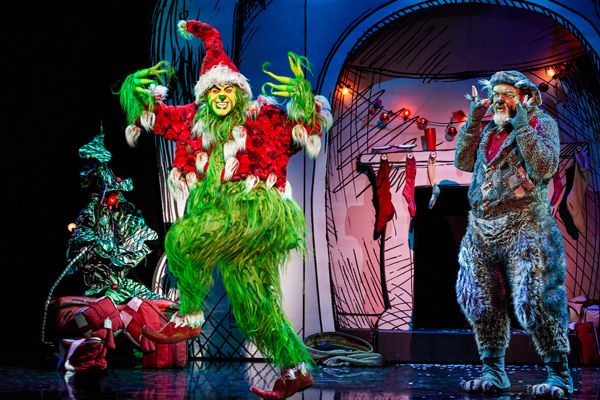By Ilene Dube, JerseyArts.com
originally published: 04/14/2024
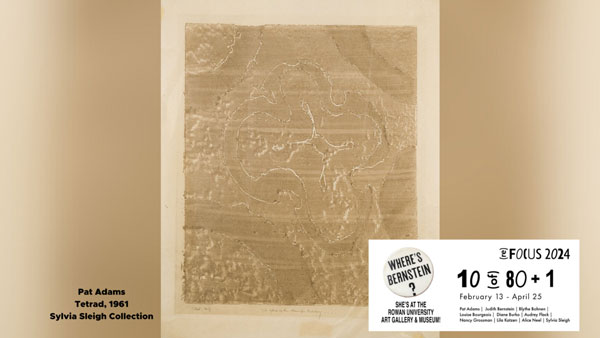
In the current exhibition at the CASE Gallery at Rowan University, a basket sits on a podium overflowing with black buttons whose white letters ask: “Where’s Bernstein?”
Just who is Bernstein, anyway?
Artist Judith Bernstein “gained prominence for her distinctive series of biomorphic screw drawings, initiated in 1969,” according to exhibition materials. “These expansive artworks boldly appropriate the screw as a symbol of phallic oppression, challenging its association with the colloquial expression ‘being screwed’ while exuding a foreboding sense of power.”
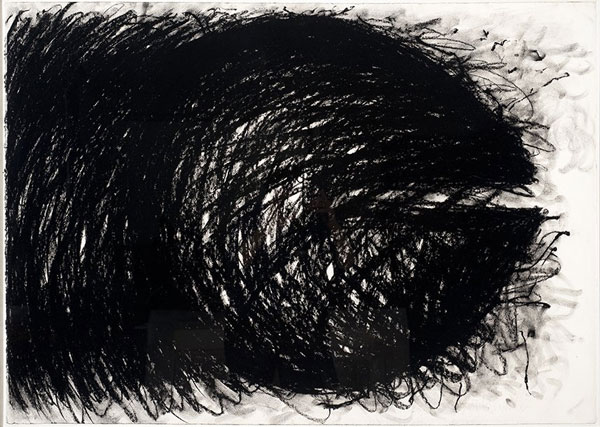
Judith Bernstein, Horizontal, 1973. Charcoal on paper
Bernstein’s 1973 work “Horizontal” faced censorship during a groundbreaking exhibition Focus: Women’s Work—American Art in 1974 at the Museum of the Philadelphia Civic Center. The piece was deemed to "lack redeeming social value."
That 1974 exhibition was part of a citywide festival, coinciding with the dawn of the American Feminist Art Movement, celebrating women artists: Philadelphia Focuses on Women in the Visual Arts. Spearheaded by artist Diane Burko, a freshly minted MFA from the University of Pennsylvania, and her committee, the exhibition at the Civic Center was the centerpiece. New York Times art critic Grace Glueck hailed it as “one of the best group shows of work by artists of any gender recently seen on the East Coast.”
For the 50th anniversary of the festival, Burko reached out to artist, curator, author, and Rutgers Distinguished Professor Emerita Judith K. Brodsky – a major figure in the feminist art movement – to track down the original 82 artists for a new series of exhibitions: (re)FOCUS 2024. Venues range from Philadelphia’s Fleisher Art Memorial and Barnes Foundation to New Jersey’s ArtYard in Frenchtown and the CASE Gallery – which, by the way, stands for The Center for Art and Social Engagement.
Back to Bernstein. The exhibition at CASE, 10 of 80 + 1, aims to correct her exclusion from the original Focus show by reintegrating her into the narrative. The title itself emphasizes this action, symbolizing the 10 artists from the collection who were part of the initial 80 included in the 1974 Focus exhibition, with Bernstein conspicuously absent. The "+ 1" signifies not only Bernstein's reinstatement among the participating artists but also the inclusion of an original work on paper of “Horizontal.”
“Where’s Bernstein” buttons, originally created to protest Bernstein's removal from the Civic Center exhibition, were worn by participants and visitors. The (re)Focus organizers have reissued the buttons, connecting the contemporary audience to the original protest and highlighting the enduring significance of Bernstein's artistic presence.
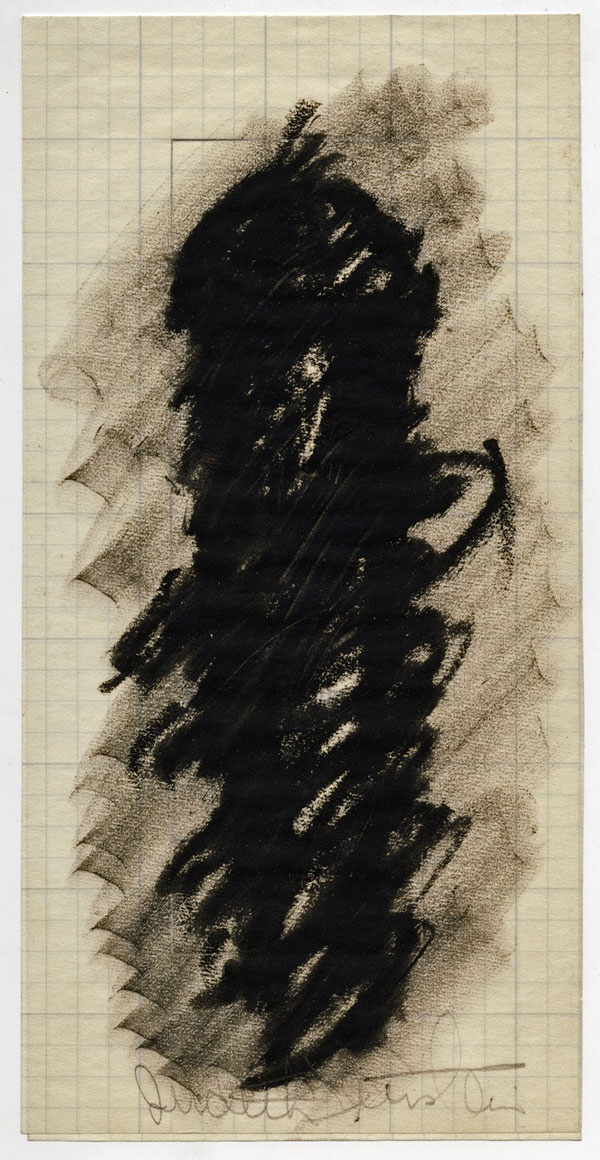
Judith Bernstein, Small Screw, 1974. Graphite and charcoal on graph paper
“The Civic Center director, appointed by then-Mayor Frank Rizzo, was a conservative,” says Director and Chief Curator of Rowan University Art Gallery and Museum, Mary C. Salvante. “He posited that if it were in the Philadelphia Museum of Art he’d have no problem, but the Civic Center was a public institution.”
Said (re) Focus organizer Brodsky in a recent panel discussion: “The censorship of Bernstein’s work gave it more attention and indeed Bernstein’s career took off in a way that might not have ever happened if she hadn’t been censored.”
In fact, the original “Horizontal” rejected by the Civic Center is now in the permanent collection of the Metropolitan Museum.
“It could be argued that the executive director was within his legal right to ban the work from the show,” postulates the exhibition brochure. “But was he professionally or ethically right to do so?”
To explore the issue of censorship and artistic freedom, exhibition viewers are asked to vote as to whether they think the work should have been censored. So far it’s a resounding “no.”
Salvante notes that censorship is very much a contemporary topic, citing Palestinian and Israeli artwork being pulled from international exhibitions for the views they express. “How do we engage students about whether censorship is justified,” she says. “Most viewers, when asked what they think, say it’s a violation of our right to free speech. But from the external world, non-artists and politicians may not understand that art is a form of speech, that artists are using creative practice to express a point of view.”
And then again, free speech can be used to express disparaging and dangerous statements. “Let’s pause, reflect, and examine: is it harmful?” says Salvante.
In addition to Bernstein’s horizontal screw, the exhibition includes artwork by Louise Bourgeois, Alice Neel, Audrey Flack, Sylvia Sleigh, Diane Burko, and others. All were among the original artists of the 50-years-ago exhibitions, and all the works are in the collection of Rowan University Art Gallery and Museum.
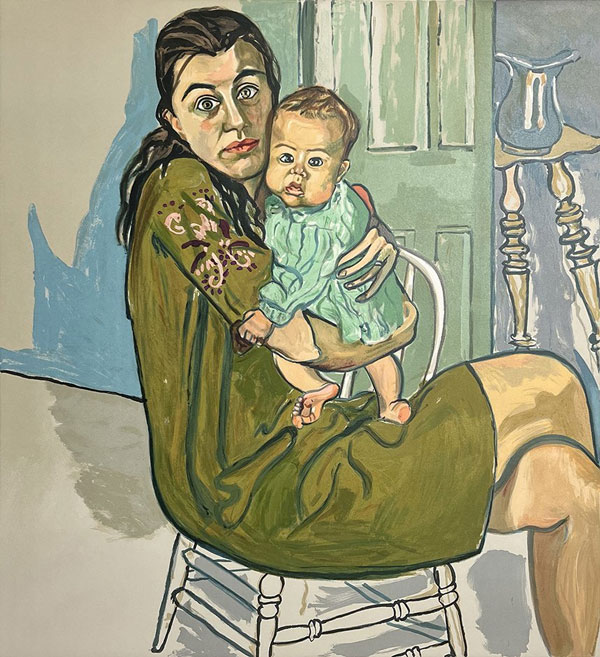
Alice Neel, Mother and Child, 1982. Color lithograph
Neel’s “Mother and Child, 1982” depicts a frightened-looking mother holding her child. “Alice Neel portrayed motherhood as a complex human experience,” says Salvante.
Sylvia Sleigh (1916–2010), a founding member of SOHO 20 Gallery, an all-women’s cooperative in New York, and became well known for painting male nudes in the passive poses that were traditionally reserved for women. Here we see “Portrait of an Actor: Sean Pratt, 1994,” a large oil painting of the well-proportioned naked actor, his legs casually spread apart, as he reclines on a floral upholstered divan.
In fact it was Sleigh who donated her collection of women artists to Rowan, from which this exhibition is drawn.
10 of 80 + 1 complements CASE’s permanent installation, The Sister Chapel, created in 1978 by artists June Blum, Maureen Connor, Martha Edelheit, Elsa M. Goldsmith, Shirley Gorelick, Ilise Greenstein, Betty Holliday, Diana Kurz, Cynthia Mailman, Alice Neel, Sylvia Sleigh, May Stevens, and Sharon Wybrants.
Conceived by Ilise Greenstein, it was envisioned as a monumental hall of fame for women’s achievements. Punning the Sistine Chapel, the installation is a nonhierarchical alternative to the patriarchal system embodied in Michelangelo’s renowned ceiling fresco. Each individual panel represents contemporary and historical women, deities, and conceptual figures. Greenstein tops it off and brings it together with an abstract ceiling painting with a mirrored center to remind visitors that there is no limit to women’s potential.
“Men see themselves in the mirror too,” says Salvante. “They are part of the story. Gender equality isn’t only a woman’s story.”
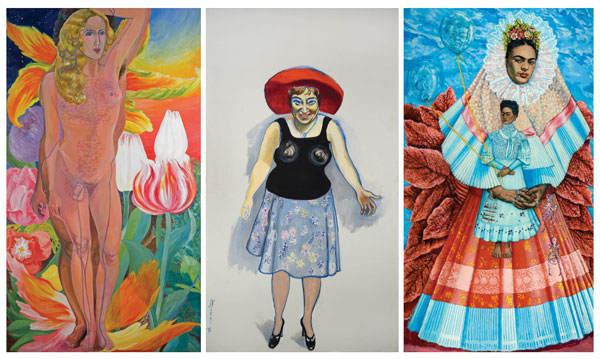

Though nearly 50 years old, the installation is still fresh and in demand. Individual panels from the installation are frequently requested for loans. Sylvia Sleigh’s painting of Lilith – Adam’s first wife, the strong-minded woman he left for Eve – is portrayed ghosted over Adam. With both male and female genitalia visible, some viewers see it as a portrayal of a non-binary figure.
Among the other figures depicted are Bella Abzug (painted by Alice Neel) and Frida Kahlo.
“The installation, with its social history, mythology, religion, and women from the political realm is a springboard” for other exhibitions, such as 10 of 80 + 1, says Salvante. “We are showing gender empowerment through the arts. This installation was conceived around the same time as the original Focus exhibition. We’re still challenged with the same issues; we’ve made progress, but the job isn’t finished.”
Adding to the trifecta of the experience at Rowan, the CASE Gallery is housed in the art building, where works by students line the hallway: ceramics and cardboard constructions reminiscent of work by Claes Oldenburg and Frank Gehry.
To learn more about additional (re) Focus exhibitions and programs, including panel discussions at the Barnes Foundation (May 6, Women Who Run Galleries) and at the Philadelphia Museum of Art (May 11, Women Who Collect Art) visit www.refocus2024.org.
Rowan University Art Gallery, Glassboro, NJ | Through April 25, 2024
About the author: Driven by her love of the arts, and how it can make us better human beings, Ilene Dube has written for JerseyArts, Hyperallergic, WHYY Philadelphia, Sculpture Magazine, Princeton Magazine, U.S. 1, Huffington Post, the Princeton Packet, and many others. She has produced short documentaries on the arts of central New Jersey, as well as segments for State of the Arts, and has curated exhibitions at the Trenton City Museum at Ellarslie and Morven Museum in Princeton, among others. Her own artwork has garnered awards in regional exhibitions and her short stories have appeared in dozens of literary journals. A life-long practitioner of plant-based eating, she can be found stocking up on fresh veggies at the West Windsor Farmers Market.
Content provided by
Discover Jersey Arts, a project of the ArtPride New Jersey Foundation and New Jersey State Council on the Arts.
FEATURED EVENTS
Narrow results by date, categories, or region of New Jersey.
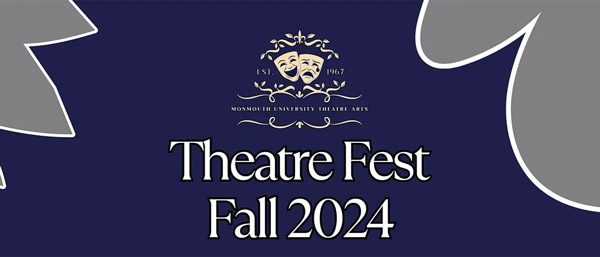
Theatre Fest Fall 2024 – Alpha Psi Omega Presents: To Be or Not to Be: Hamlet, an Abridged Staging
Saturday, November 23, 2024 @ 8:00pm
Monmouth University - Lauren K. Woods Theatre
370 Cedar Avenue, West Long Branch, NJ 07764
category: theatre
View event page for full information

Harry Potter and the Cursed Child (HS Edition)
Saturday, November 23, 2024 @ 7:00pm
Grunin Center
1 College Drive, Toms River, NJ 08754
category: theatre
View event page for full information

Harry Potter and the Cursed Child (HS Edition)
Saturday, November 23, 2024 @ 1:00pm
Grunin Center
1 College Drive, Toms River, NJ 08754
category: theatre
View event page for full information
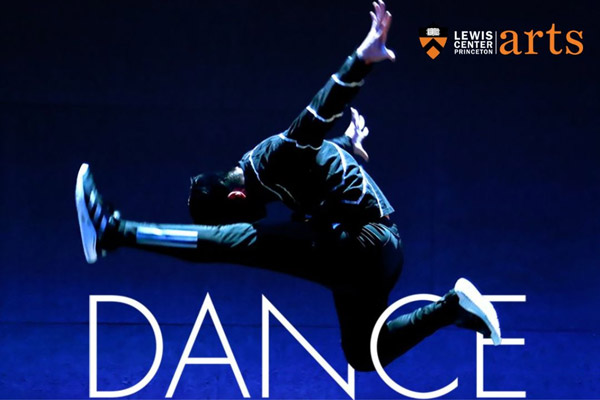
2024 Princeton Dance Festival
Saturday, November 23, 2024 @ 8:00pm
McCarter Theatre Center (Berlind Theatre)
91 University Place, Princeton, NJ 08540
category: dance
View event page for full information

2024 Princeton Dance Festival
Saturday, November 23, 2024 @ 2:00pm
McCarter Theatre Center (Berlind Theatre)
91 University Place, Princeton, NJ 08540
category: dance
View event page for full information
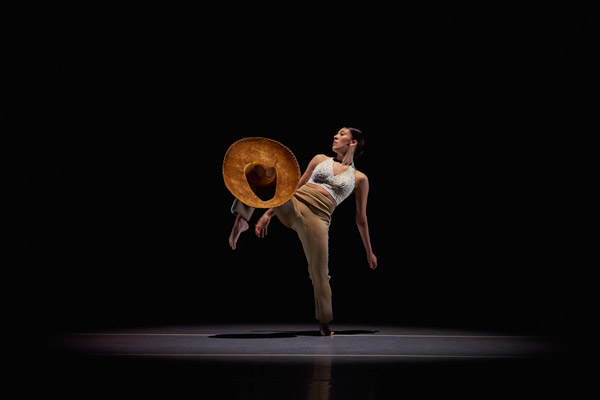
Fall Dance Plus
Saturday, November 23, 2024 @ 7:30pm
New Brunswick Performing Arts Center (NBPAC)
11 Livingston Avenue, New Brunswick, NJ 08901
category: dance
View event page for full information
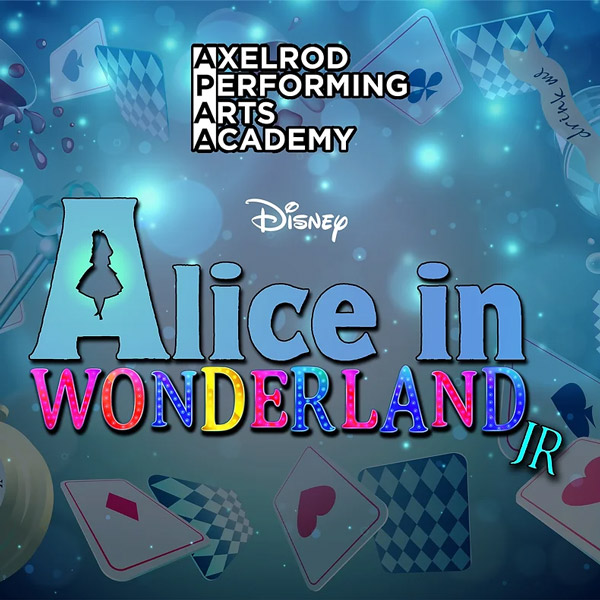
Axelrod Performing Arts Academy presents Disney's "Alice in Wonderland, Jr."
Saturday, November 23, 2024 @ 7:00pm
Bell Theater
101 Crawfords Corner Road, Holmdel, NJ 07733
category: theatre
View event page for full information

Axelrod Performing Arts Academy presents Disney's "Alice in Wonderland, Jr."
Saturday, November 23, 2024 @ 3:00pm
Bell Theater
101 Crawfords Corner Road, Holmdel, NJ 07733
category: theatre
View event page for full information
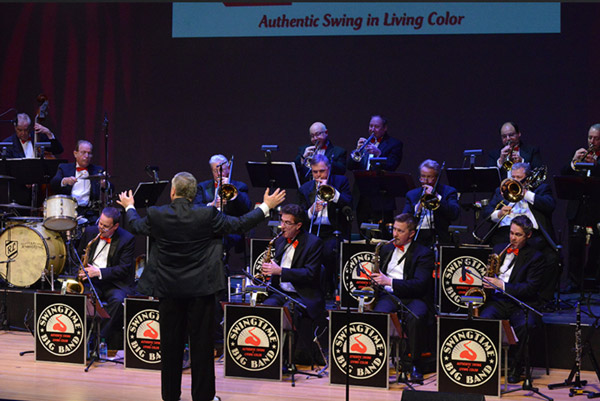
HAPPY FRANKS-GIVING! – Swingtime Big Band Celebrates Sinatra
Saturday, November 23, 2024 @ 8:00pm
Bergen Performing Arts Center (bergenPAC)
30 North Van Brunt Street, Englewood, NJ 07631
category: music
View event page for full information

Elf The Musical
Saturday, November 23, 2024 @ 7:00pm
Count Basie Center for the Arts
99 Monmouth Street, Red Bank, NJ 07701
category: theatre
View event page for full information

Elf The Musical
Saturday, November 23, 2024 @ 1:00pm
Count Basie Center for the Arts
99 Monmouth Street, Red Bank, NJ 07701
category: theatre
View event page for full information
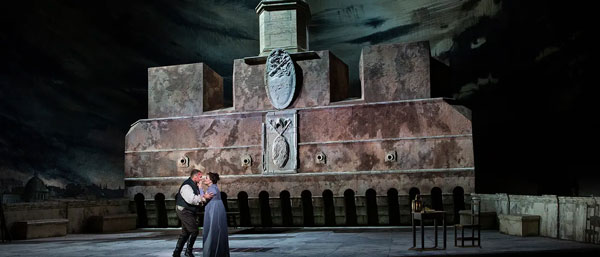
The Metropolitan Opera: Live in HD - Tosca
Saturday, November 23, 2024 @ 1:00pm
Monmouth University - Pollak Theatre
400 Cedar Avenue, West Long Branch, NJ 07764
category: theatre
View event page for full information
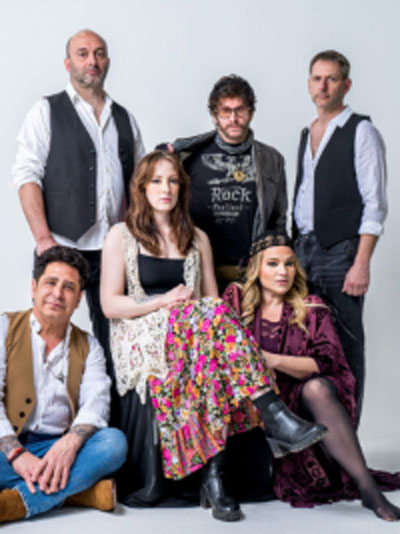
StevieMac: A Fleetwood Mac & Stevie Nicks Experience
Saturday, November 23, 2024 @ 8:00pm
William Paterson University - Shea Center for Performing Arts
300 Pompton Rd, Wayne, NJ 07470
category: music
View event page for full information
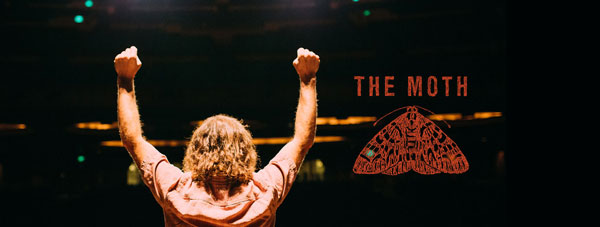
The Moth
Saturday, November 23, 2024 @ 7:30pm
McCarter Theatre Center (Matthews Theater)
91 University Place, Princeton, NJ 08540
category: community
View event page for full information

Dr. Seuss' How The Grinch Stole Christmas! The Musical
Saturday, November 23, 2024 @ 7:30pm
State Theatre New Jersey
15 Livingston Avenue, New Brunswick, NJ 08901
category: theatre
View event page for full information

Dr. Seuss' How The Grinch Stole Christmas! The Musical
Saturday, November 23, 2024 @ 3:00pm
State Theatre New Jersey
15 Livingston Avenue, New Brunswick, NJ 08901
category: theatre
View event page for full information

Dr. Seuss' How The Grinch Stole Christmas! The Musical
Saturday, November 23, 2024 @ 10:30am
State Theatre New Jersey
15 Livingston Avenue, New Brunswick, NJ 08901
category: theatre
View event page for full information
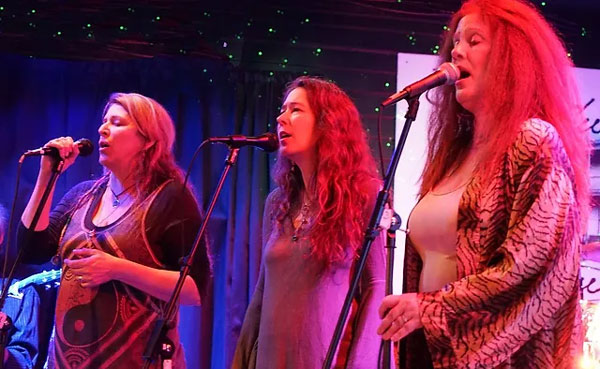
Wooden Ships Band
Saturday, November 23, 2024 @ 7:30pm
Lizzie Rose Music Room
217 E. Main Street, Tuckerton, NJ 08087
category: music
View event page for full information
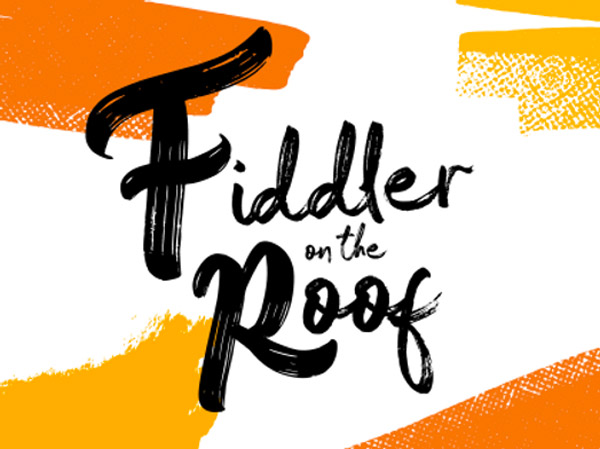
Fiddler On The Roof
Saturday, November 23, 2024 @ 7:30pm
Axelrod Performing Arts Center
100 Grant Avenue, Deal Park, NJ 07723
category: theatre
View event page for full information

Fiddler On The Roof
Saturday, November 23, 2024 @ 1:30pm
Axelrod Performing Arts Center
100 Grant Avenue, Deal Park, NJ 07723
category: theatre
View event page for full information
More events
Event Listings are available for $10 and included with our banner ad packages
EVENT PREVIEWS

American Dream Announces Holiday Plans
(EAST RUTHERFORD, NJ) -- American Dream invites guests to spend the holidays at the one-of-a-kind center, as it transforms into a winter wonderland showcasing the very best in retail, dining and entertainment. Throughout the season, American Dream will be giving away incredible prizes, creating lasting memories and spreading joy throughout the community.
UPCOMING EVENTS
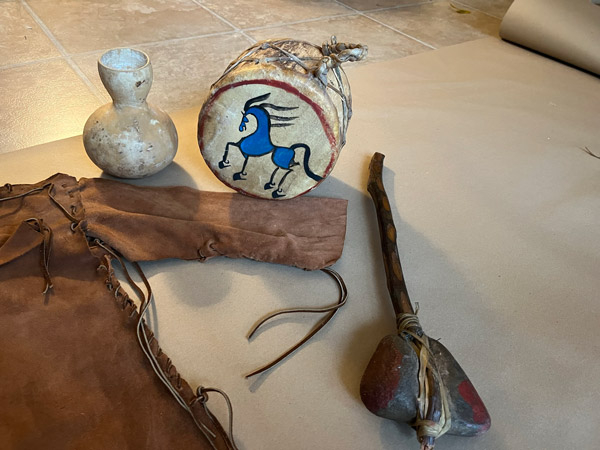
South Jersey's Indigenous Communities Celebrated in New A.C. Arts Garage Exhibit
(ATLANTIC CITY, NJ) -- A new exhibit at the Noyes Arts Garage of Stockton University will celebrate two southern New Jersey tribal communities through the display of historical documents, traditional artifacts and contemporary art. "Still Here: The Nanticoke Lenni-Lenape and Powhatan-Renape Nations of Southern New Jersey" opens October 9 and runs until January 5, 2025.
























